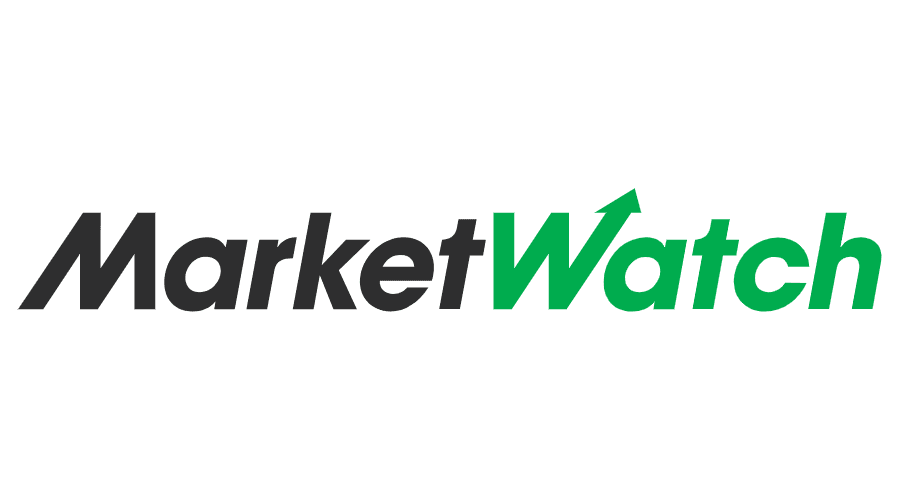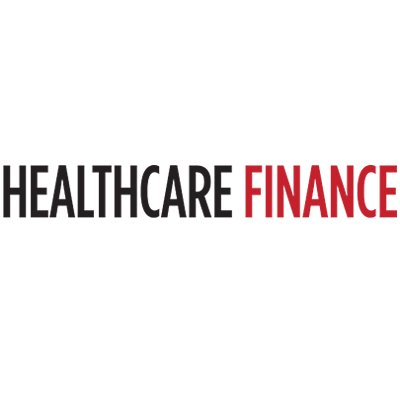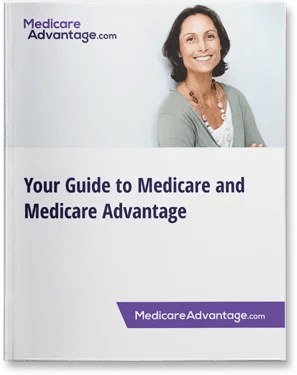You may face Medicare excess charges when you receive health care treatment from a provider who does not accept the Medicare-approved amount as full payment. In these cases, a provider can charge you an additional 15% more on the bill than the Medicare-approved amount.
There are some ways you can avoid paying Part B excess charges, and you may be able to find a Medicare Supplement Insurance (Medigap) plan that can cover these charges.
Compare plans today.
Speak with a licensed insurance agent
What is Medicare assignment?
When a doctor, health care provider or a supplier of durable medical equipment (DME) accepts Medicare assignment, it means that the Medicare-approved amount as full payment.
The Medicare-approved amount is the amount of money that Medicare has determined it will reimburse a provider for a given service or item. The Medicare-approved amount may be lower than what the provider actually charges for the treatment.
Part B covers doctor’s appointments and other types of outpatient care along with durable medical equipment. Part B excess charges will only occur if you visit a provider or a DME supplier who doesn’t accept Medicare assignment.
Any health care provider who accepts Medicare as a form of insurance (but doesn’t accept assignment) and is offering a service or item covered under Part B reserves the right to make excess charges.
This can include:
- Laboratories
- Other medical test providers
- Home health care companies
Compare plans today.
Speak with a licensed insurance agent
How common are Part B excess charges?
Most physicians, health care providers and medical suppliers accept Medicare assignment, so Part B excess charges are not that common.
In 2025, 98 percent of Medicare doctors, physicians and other providers accepted Medicare assignment.1
An example of Medicare Part B excess charges
The following example illustrates how Part B excess charges can work.
- You visit a non-participating doctor and receive treatment that carries a Medicare-approved amount of $300. If the doctor is does not accept Medicare assignment, they are allowed to charge up to 15 percent more than that amount.
- If the provider charges you the full 15 percent Part B excess charge, your total bill for the service will be $345. This reflects the $300 Medicare-approved amount plus $45, which is 15% of $300.
- If you’ve met your Part B deductible for the year ($257 in 2025), you will be responsible for a 20 percent coinsurance of the Medicare-approved amount plus the full excess charge.
- That means your share of the bill will be $105 (your 20 percent coinsurance of $300 is $60, and you must also pay the $45 excess charge).
If you did not face any Part B excess charges and you had already met your Part B deductible for the year, your share of the same bill would be just $60.
Compare plans today.
Speak with a licensed insurance agent
How can you avoid Medicare Part B excess charges?
The easiest way to avoid facing Medicare Part B excess charges is to limit yourself to visiting providers and medical suppliers who accept Medicare assignment. As mentioned above, most providers and physicians accept Medicare assignment.
Be sure to ask your provider, device supplier or physician if they accept Medicare assignment before receiving any treatment or services.
There are also other ways you may be able to avoid paying Medicare Part B excess charges.
Some states do not allow Part B excess charges
There are eight states that have laws prohibiting Medicare Part B excess charges.
These states are:
- Connecticut
- Minnesota
- Ohio
- Pennsylvania
- Rhode Island
- Vermont
- Massachusetts
- New York
Some Medicare Supplement Insurance (Medigap) plans cover Part B excess charges
Another way to protect yourself against Part B excess charges is to enroll in a Medicare Supplement Insurance plan that covers these charges.
Medigap plans provide coverage for many of the out-of-pocket expenses Medicare Part A and Part B (Original Medicare) don’t cover.
These costs can include deductibles, coinsurance, copayments and more.
There are 10 standardized Medigap plans available in most states. Three of these plans provide 100 percent coverage of Part B excess charges:
Such a benefit allows you to freely visit Medicare providers without worry if they are participating or non-participating providers. Any excess charges they file will be picked up by your Medigap plan.
You can use the chart below to compare the types of standardized Medigap plans and the benefits they offer.
Click here to view enlarged chart Scroll to the right to continue reading the chart
Scroll for more
| Medicare Supplement Benefits |
A |
B |
C* |
D |
F1* |
G1 |
K2 |
L3 |
M |
N4 |
| Part A coinsurance and hospital coverage |
|
|
|
|
|
|
|
|
|
|
| Part B coinsurance or copayment |
|
|
|
|
|
|
50% |
75% |
|
|
| Part A hospice care coinsurance or copayment |
|
|
|
|
|
|
50% |
75% |
|
|
| First 3 pints of blood |
|
|
|
|
|
|
50% |
75% |
|
|
| Skilled nursing facility coinsurance |
|
|
|
|
|
|
50% |
75% |
|
|
| Part A deductible |
|
|
|
|
|
|
50% |
75% |
50% |
|
| Part B deductible |
|
|
|
|
|
|
|
|
|
|
| Part B excess charges |
|
|
|
|
|
|
|
|
|
|
| Foreign travel emergency |
|
|
80% |
80% |
80% |
80% |
|
|
80% |
80% |
Speak to a licensed insurance agent
Medicare Advantage plans (Medicare Part C) do not cover Part B excess charges.
A Medicare Advantage plan, however, does include an annual out-of-pocket spending limit for covered Part A and Part B services. This could help protect you from paying Part B excess charges past a certain amount, if you face them and if they go beyond your plan’s annual out-of-pocket spending limit.
Medicare Advantage plans provide all of the same benefits provided by Original Medicare, and may include some benefits that Original Medicare doesn’t cover.
Call to speak with a licensed insurance agent who can help you learn more about Medicare Advantage plan coverage and compare plans that are available where you live.










